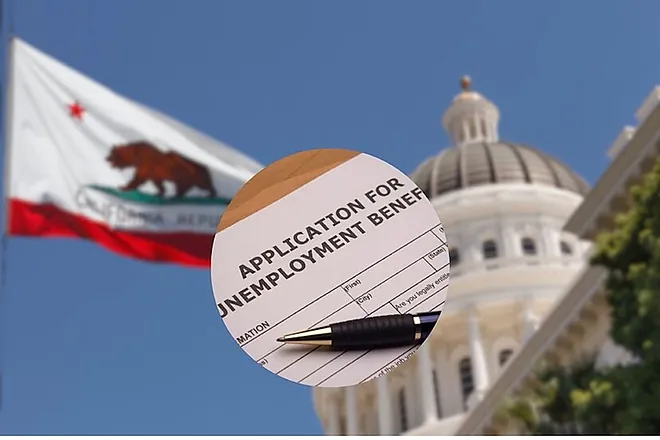The Social Security COLA Increase for 2026 is projected at 2.7%, a modest bump from 2025’s 2.5%. While any increase offers hope, rising healthcare costs and inflation could neutralize this “raise” for many retirees. Understanding how the COLA interacts with Medicare premiums, medical expenses, and retirement planning is crucial for seniors and financial planners alike.

What Is the Social Security COLA Increase?
Social Security Cost-of-Living Adjustments (COLA) are designed to protect retirees from inflation by raising benefits annually.
- Purpose: Preserve purchasing power against rising living costs.
- Calculation: Based on the Consumer Price Index for Urban Wage Earners (CPI-W).
- 2026 Projection: 2.7% increase in Social Security benefits.
Despite the intended relief, healthcare inflation, housing, and daily living costs often rise faster than the COLA, leaving retirees vulnerable.
How the 2026 Social Security COLA Increase May Fall Short
1. Rising Medicare Part B and D Premiums
Healthcare costs are the biggest challenge for retirees. Next year’s Medicare Part B premiums are projected to surge 11.6%, while Part D drug costs may rise 12.1%.
| Expense | 2025 Cost | 2026 Projected Cost | Increase |
|---|---|---|---|
| Medicare Part B | $174.70/month | $195/month | +11.6% |
| Medicare Part D | $33/month | $37/month | +12.1% |
| Out-of-pocket (dental, vision, long-term care) | Varies | Rising | Increasing |
Impact: A large portion—or even all—of the COLA increase could be consumed by healthcare premiums alone.
Example:
- Monthly Social Security: $2,000
- 2026 COLA: +$54
- Medicare Part B increase: -$25
- Net gain: $29
- Add other medical out-of-pocket costs → actual take-home increase may be zero
2. COLA vs. Actual Inflation
Historically, Social Security benefits have lagged behind inflation for seniors.
| Year Range | Benefit Increase | Cost Increase | Gap |
|---|---|---|---|
| 2010–2024 | +58% | +73% | -15% |
While COLAs raise benefits, seniors’ expenses—particularly healthcare and living costs—often grow faster, showing that COLA alone isn’t enough for financial security.
3. Retirees Are Cutting Back on Essentials
A nationwide survey highlights:
- One-third of Social Security recipients are reducing spending on groceries, medications, and utilities.
- Lifetime health care costs for a typical 65-year-old are projected at $172,500, nearly half spent on Medicare premiums.
This shows the pressing need for supplemental retirement income and careful retirement planning for seniors.
4. Trust Fund Uncertainty
The long-term sustainability of Social Security and Medicare is uncertain:
| Program | Projected Depletion Year |
|---|---|
| Social Security | 2034 |
| Medicare | 2033 |
This adds risk for retirees relying solely on federal benefits, emphasizing the importance of budgeting for seniors and income diversification.
Practical Steps for Retirees to Maximize the 2026 COLA
Even if the Social Security COLA Increase is modest, there are strategies to protect finances and plan for medical inflation:
1. Reassess Budgets and Emergency Funds
- Track fixed expenses: Medicare premiums, prescriptions, rent.
- Maintain an emergency fund of 6–12 months of essential costs.
2. Maximize Retirement Savings
- Contribute to 401(k)s, IRAs, and HSAs.
- Consider catch-up contributions if over 50.
- Use tax-advantaged accounts to reduce taxable income while building savings.
3. Plan for Medical Inflation
- Track yearly increases in premiums, prescriptions, and long-term care costs.
- Consider Medigap or Medicare Advantage plans to fill coverage gaps.
- Factor medical cost growth into retirement planning for seniors.
4. Reduce Discretionary Spending Strategically
- Prioritize essentials over non-essential spending.
- Explore senior discounts, downsizing, or relocating to reduce costs.
5. Diversify Income Streams
- Part-time work or freelance projects can supplement Social Security.
- Rental income, dividends, or investments provide additional supplemental retirement income.
Visualizing the COLA vs. Healthcare Costs
| Monthly Social Security | COLA 2.7% | Medicare Part B Increase | Other Medical Expenses | Net Gain/Loss |
|---|---|---|---|---|
| $2,000 | +$54 | -$25 | -$30 | -$1 |
This table shows that the real impact of the 2026 COLA may be negligible once healthcare costs are considered.
Key Takeaways
- The Social Security COLA Increase 2026 is modest compared to rising healthcare costs and medical inflation.
- Many retirees may see little to no improvement in disposable income.
- Budget reassessment, maximizing savings, and planning for medical inflation are critical.
- Future trust fund depletion makes it essential to diversify income streams and supplement Social Security.
The 2026 COLA is a reminder: incremental benefit increases are not enough to combat rising costs without strategic financial planning.
Suggested Action Plan for Retirees
| Step | Action | Benefit |
|---|---|---|
| Budget Review | Track fixed & variable expenses | Identify areas to optimize |
| Savings Boost | Max out retirement accounts | Build long-term security |
| Insurance Review | Explore Medigap or Medicare Advantage | Cover medical cost gaps |
| Income Diversification | Part-time work, dividends, rentals | Reduce reliance on Social Security |
| Medical Inflation Planning | Forecast healthcare expenses | Avoid financial surprises |
The 2026 Social Security COLA Increase offers a small boost that may vanish quickly due to rising healthcare costs. Retirees must focus on comprehensive retirement planning, budgeting for seniors, and medical inflation management.
This approach ensures that every dollar counts and prepares retirees for long-term financial stability, even when federal benefits alone aren’t enough.







